Project update January 2025: The population survey has launched. If your land is eligible, you will receive a letter directly from APHA to request permission to access your land.
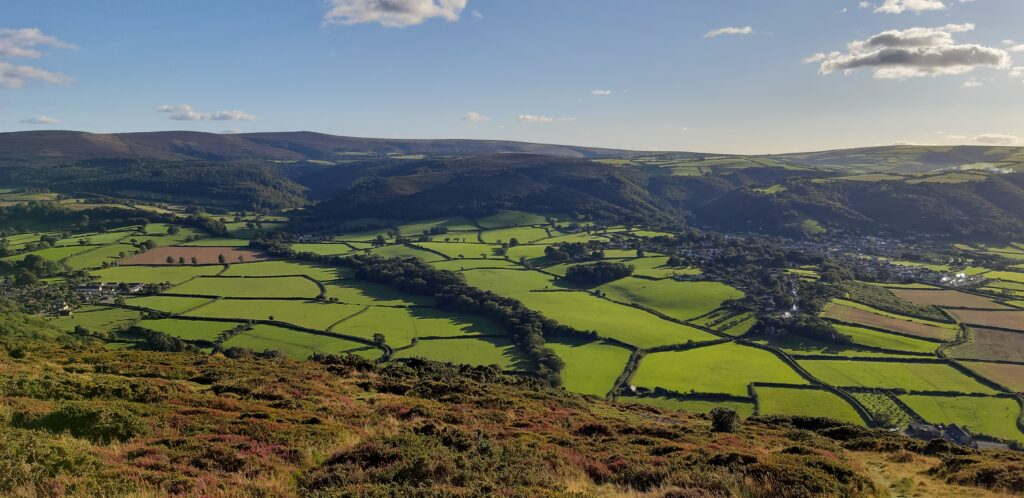
The government has initiated the first comprehensive badger population survey in over a decade, to be conducted by the Animal and Plant Health Agency (APHA). The survey aims to assess badger abundance and population recovery, providing critical insights into the effects of badger culling.
The APHA are undertaking a badger sett survey of England commencing in winter 2024. This will be the fourth in a series of national badger monitoring surveys, with previous surveys taking place in 1985-87, 1994-97 and 2011-13.
The new survey aims to provide a clearer understanding of the size of the badger population and how it compares to previous studies. The primary approach involves surveying for setts, as badgers are nocturnal and challenging to count directly.
The most recent survey conducted in England and Wales estimated the badger population at approximately 485,000 individuals across 71,600 social groups. However, since that survey, the government has introduced TB control measures, such as badger culling, that may have influenced changes in population size and density.
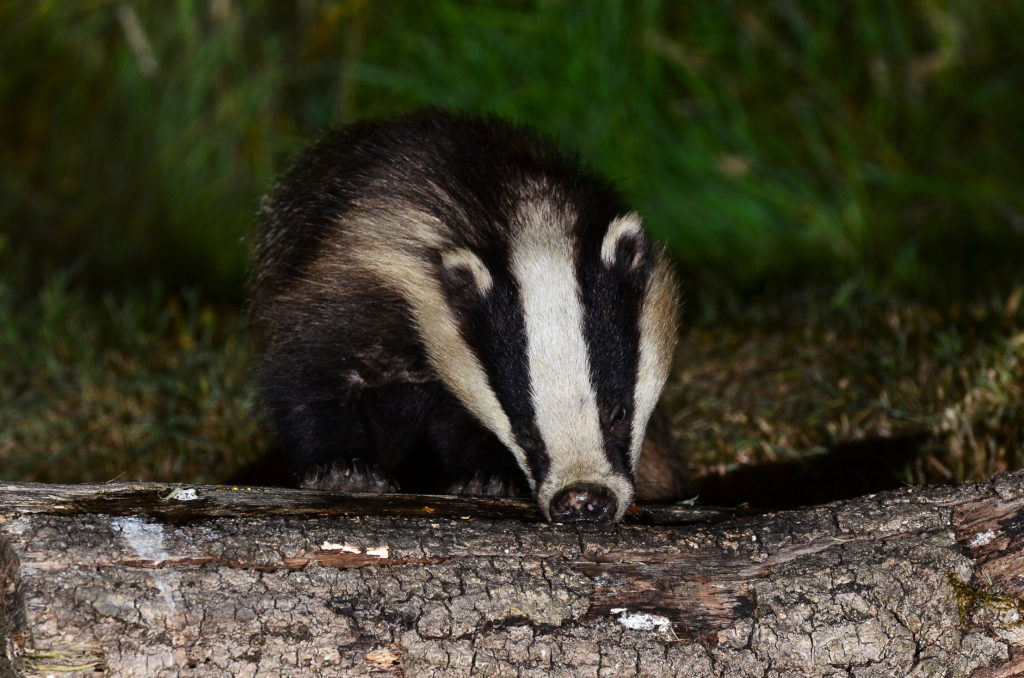
What does the project involve?
APHA surveyors will carry out sett surveys in up to 1,700 one-kilometre squares, consistent with those used in the previous survey. Survey squares were selected at random during the previous (2011-13) survey and the aim is to revisit these areas for the current survey. Within these survey squares, any badger setts or field signs (such as setts, runs or latrines) will be recorded. By acquiring data on the prevalence of setts we will be able to estimate the current population size and geographical distribution of badgers, as well as to assess whether populations have changed since the previous survey. As a separate exercise, in a small number of survey squares, surveyors will carry out hair trapping.
This method uses simple barbed wire hair traps which are harmless to badgers and collect hairs as badgers squeeze underneath them. Advanced genotyping approaches can then be used to identify individual badgers from the collected hairs, enabling more accurate estimates of the number of badgers in a social group. By collecting data on the distribution and activity levels of setts and combining this with information on the estimated number of badgers per social group we will be able to estimate the current population size and geographical distribution of badgers, as well as to assess whether populations have changed since the previous survey.
The methodology described is the same as surveyors used during the previous population surveys. Further information on the last survey which took place from 2011 – 2013 can be found by accessing the full report or the summary factsheet.
- Previous badger survey – Judge et al: Density and abundance of badger social groups in England and Wales in 2011–2013.
- Factsheet – Overview of Badger Survey in England and Wales (2011-2013).
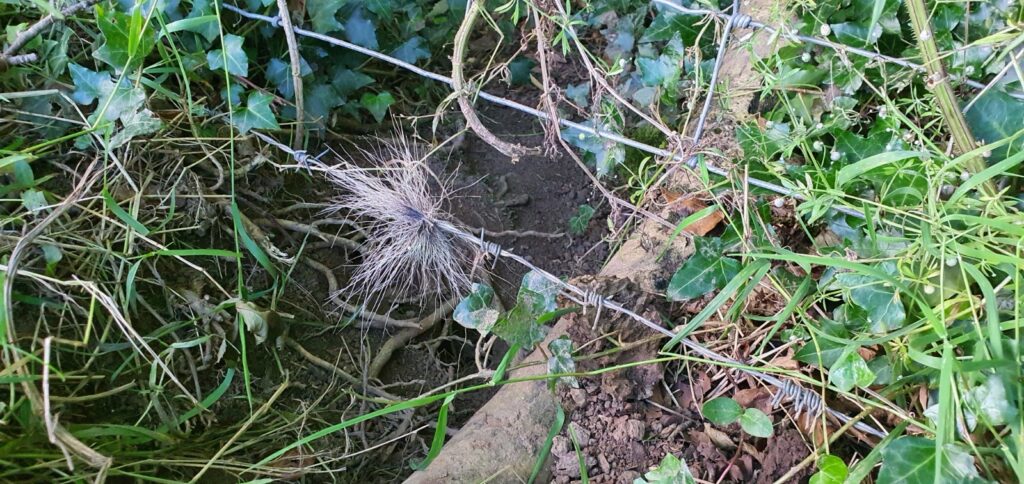
How will you know if your land has been selected for a survey?
If your land, or a portion of it, is located within one of the selected one-kilometre squares, APHA will contact you directly (initially by letter) to request permission to carry out the survey. The process will be straightforward and brief, involving a single visit by one of APHA’s trained staff, who will walk across the land parcel to complete the survey.
If your land is one of the small number of squares that has been selected for hair trapping, short additional visits will be required. Hair trapping will commence in winter 2025/2026. The letter you receive will confirm if you are eligible for this additional work. Hair trapping work will take place over a 4-week period. Surveyors visit the land on alternate days to check and collect all hairs from each trap.
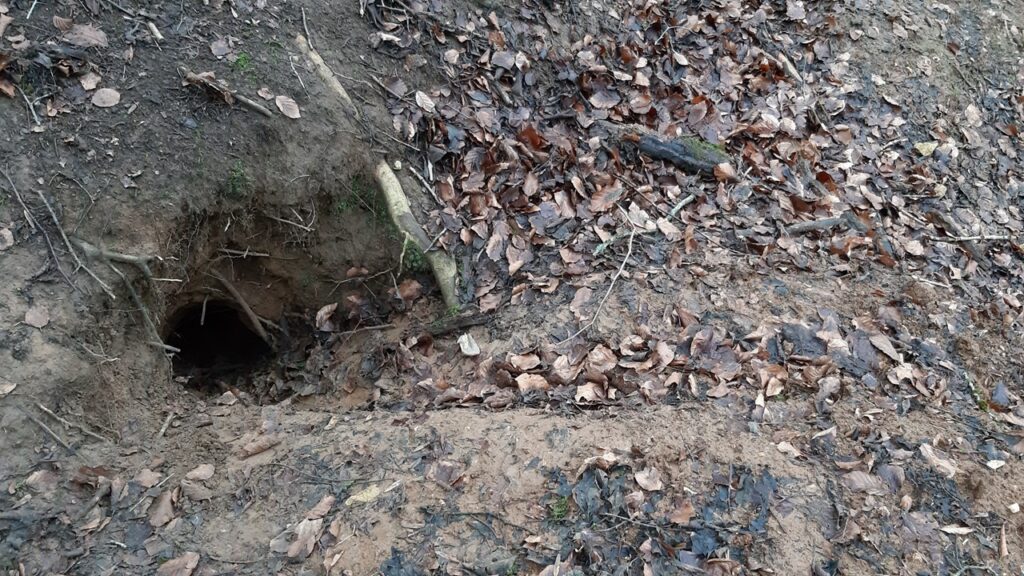
Why should you take part?
Understanding abundance and distribution of badgers provides valuable insight into how their population may have changed following a decade of control measures aimed at reducing TB risk to cattle. Additionally, it will reveal the status of badger populations in areas where no control measures were implemented. This information will be instrumental in supporting conservation efforts and shaping future TB control strategies.
Even if you are not aware of any badger presence on your land, the APHA team would still like to survey to confirm absence.
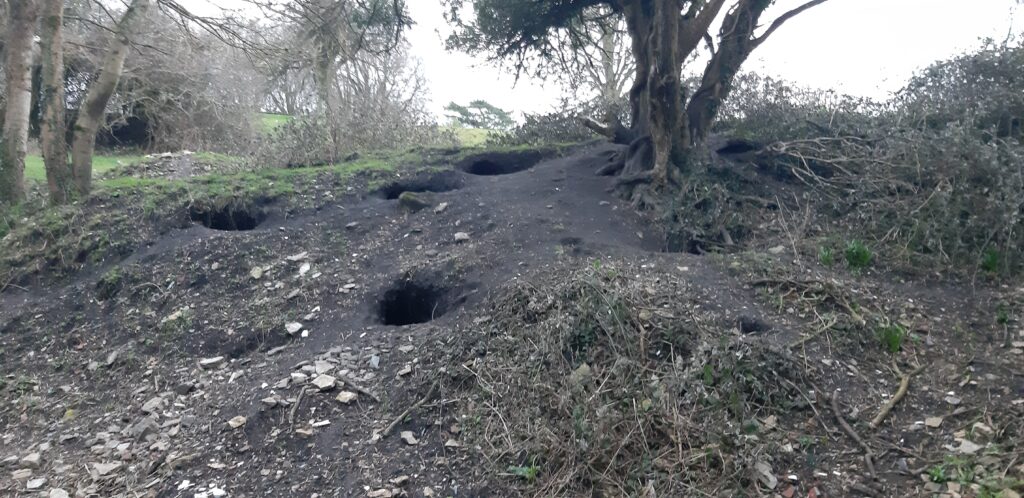
Who would be undertaking the fieldwork?
Badger sett surveys will be carried out by field staff in the APHA wildlife team. They are expertly trained and subject to pre-employment checks.
We are grateful for the assistance landholders have provided to facilitate the project. If you have any queries, please contact a member of the project team using the contact details below.
E-mail: BadgerSurvey@apha.gov.uk